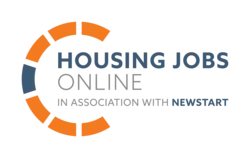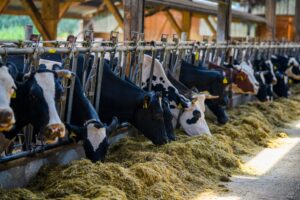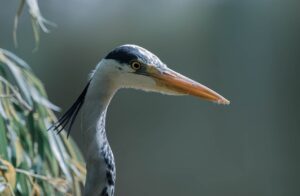New research has found that bird populations thrive on solar farms that are designed with them in mind.
The research was carried out by a team from the University of Cambridge and the RSPB, across a number of solar farms in The Fens.
Two different types of solar farms were surveyed: On the one hand there were the intensively managed ‘simple habitat’ solar farms. On these, the grass around the panels is kept short by the presence of grazing sheep and there is a lack of boundary features that might provided suitable habitat for birds.
In contrast, the other solar farms are described as ‘mixed habitat’ where the grass is cut infrequently and there are hedgerows or trees on the boundary.
The third areas studied, by way of comparison, was arable land situated very close to the solar sites being observed.
Essentially, the team wanted to see if there was a difference between the numbers and varieties of birds visiting the solar farms and the arable land, and whether the management of the solar sites themselves had a bearing on this.
In total, the team recorded 830 individual birds from 44 species. Referencing the Birds of Conservation Concern (BoCC) list, they found that:
- 15.9% of species (24.5% of individuals) were on the BoCC Red-list.
- 25% of species (38.6% of individuals) were on the BoCC Amber-list.
34 of the total 44 species were more abundant in the mixed habitat solar farms. Five of the remaining 10 species were found in greater numbers on the arable land, and four on the simple habitat solar (there was one tie).
Bird species that were only seen on the mixed habitat solar farms included: collared doves, grey heron, willow warbler, lesser whitethroat and dunnock.
The RSPB’s Chief Executive Beccy Speight said: ‘Delivering a future that safeguards nature, tackles climate change, ensures food security and resilient farm businesses, and enables sustainable development is the only sensible path. This research shows that it is possible to balance competing needs.’
Dr Joshua Copping, Conservation Scientist at the RSPB and lead author of the study, added: ‘With lots of demands on UK land, finding ways and space to reverse the long-term declines in a range of farmland birds is challenging. Species such as Corn Bunting, Linnet and Yellowhammer have seen their populations dwindle and finding ways to help them is critical for their long- term survival. The results of this study suggest that solar farms managed well for nature could make an important contribution and could provide relief from the effects of agricultural intensification on these species and other wildlife in the surrounding landscape.’
The full research can be read here.


















Leave a Reply